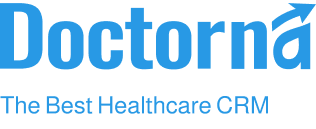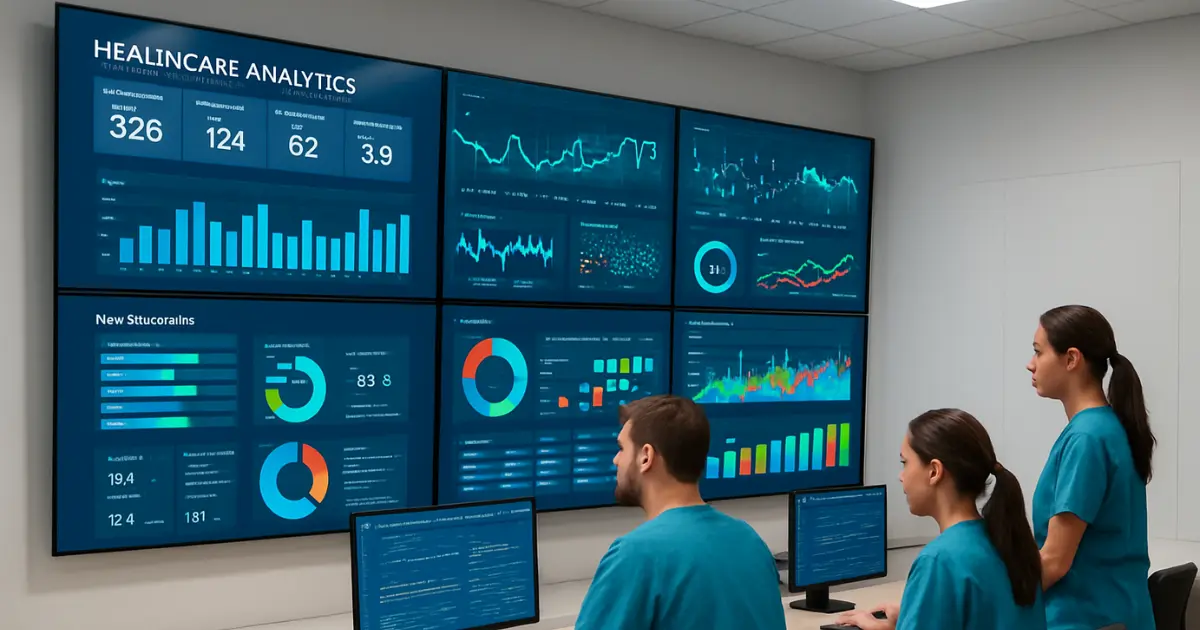A. Understanding Population Health Management
Population Health Management is a healthcare delivery model that invests in improving health by addressing particular defined populations. It includes the identification, assessment, and intervention of high-risk persons in the prevention of diseases, management of chronic states, and the promotion of healthy behaviors. PHM takes an actively proactive approach to healthcare in an attempt to reduce costs to healthcare, improve patient outcomes, and improve overall population health.
B. The Role of Healthcare CRM in Population Health Management
Healthcare CRM systems are among the strong tools that greatly enhance PHM initiatives. Major integrations in patient data, clinical information, and social determinants of health provide a complete view about the patient populations. This will lead the providers to:
- Identify High-Risk Patients: Identifies high-risk patients by using advanced analytics to pinpoint those who are at risk of developing chronic conditions or have adverse health events.
- Tailored Interventions: Targeted interventions or care plans needing to be designed in the case of individual needs and preferences of the patients.
- Improved Patient Activation: Engage patients proactively through omnichannel communication to inspire them to be more adherent to the treatment plan.
- Improved Care Coordination: Facilitate seamless collaboration between healthcare providers, specialists, and community organizations for coordinated care.
- Data-Driven Decision Making: Leverage real-time data and analytics to monitor population health trends, identify areas to improve, and measure the effectiveness of PHM interventions.
C. Key Features of a Healthcare CRM for PHM
The key features of a Healthcare CRM that could consummately support PHM include:
- Patient Data Integration: This is a centralized repository that will store all the information concerning the patient, which includes demographics, medication, medical history, and social determinants of health.
- Advanced Analytics: Utilizing the best analytics tools to uncover key trends, patterns, and risk factors in patient populations.
- Predictive Modeling: Predictive analytics capability to forecast future health risks, enabling timely and appropriate interventions.
- Risk Stratification: To classify patients with regard to their risk level so that interventions and resource use can be focused.
- Care Co-ordination Tools: Features to enable communication, collaboration, and transition of care within the teams of health care providers.
- Patient Engagement Tools: These include personalized communication, appointment scheduling, and medication management tools.
- Compliances: Compliance with all healthcare regulations, standards of data privacy.
D. Real World Examples of PHM with CRM
Numerous health organizations have successfully implemented PHM strategies with the use of CRM systems.
- Mayo Clinic: The Mayo Clinic decreases hospital readmission rates and improves patient satisfaction by utilizing a CRM system to identify high-risk patients, develop an individualized plan of care, and manage patient outcomes.
- Cleveland Clinic: Cleveland Clinic engages in the use of a CRM system for the management of populations suffering from chronic diseases like diabetes and heart disease. Early engagement of patients in care through contact has minimized complications, hence achieving better management of the disease or condition.
E. Challenges and Opportunities
While PHM holds immense potential, healthcare organizations face several challenges in its implementation:
- Data Quality and Interoperability: Ensuring that all data related to the patient is valid and consistent across systems.
- Staff Training and Adoption: There is a need for proper training of the healthcare professionals in the use of the PHM tools.
- Cultural Transformation: Implementing a culture of data-driven decision-making and collaborative care.
Healthcare organizations can overcome these challenges by utilizing the following tools:
- AI and Machine Learning: Apply AI-augmented tools to automate tasks, expand data analysis, and extend predictive modeling.
- Interoperability Standards: Interoperable standards help to exchange data between different types of systems.
- Cloud-Based Solution: Cloud-based Solutions Implement a cloud-based CRM solution that can be scaled any time, is flexible, and saves costs.
F. Conclusion
It would be of great assistance to every healthcare organization in improving patient outcomes by applying Population Health Management with advanced healthcare CRM systems, which helps in cost reduction and allows improvement in total population health. Providers can build a more resilient, effective healthcare system by focusing on data-driven insights, engaging patients, and coordinating care.







